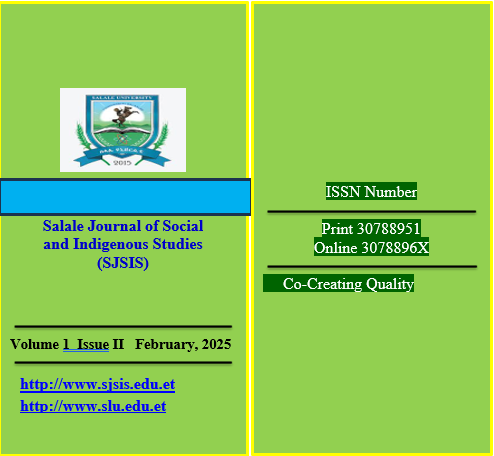Indigenous Knowledge-Based Conservation of Plant Diversity in Central and Western Ethiopian Afromontane Vegetation
Abstract
Indigenous Knowledge-Based Conservation of Plant Diversity in Central and Western Ethiopian Afromontane Vegetation
Abstract
The Afromontane forest vegetation of Ethiopia spans large areas of the country, thriving at a range of altitudes from 1500 to 2600 meters above sea level (moist evergreen montane forests) and 1600 to 3300 meters above sea level (dry evergreen montane forests). These forests are home to a rich diversity of plant and animal species. The study was conducted in central and western Ethiopia to evaluate indigenous knowledge-based approaches to plant diversity conservation. Semi-structured interviews were used to gather ethnobotanical data, and a total of 396 informants were surveyed. The study documented 313 plant species, 200 of which are used for medicinal purposes. This biologically diverse ecosystem faces numerous natural and anthropogenic threats, leading to significant degradation and biodiversity loss. However, indigenous communities have developed traditional practices over millennia that promote biodiversity conservation, management, and sustainable use. These practices are applicable to both ex-situ (homegardens) and in-situ (wild habitats) conservation strategies. Local communities use plants for various purposes, including food, medicine, construction, culture, and rituals. Indigenous knowledge plays a crucial role in traditional resource management and biodiversity conservation.
Key Words: Biodiversity, emic view, ethnobotany, etic view, medicinal plants.

